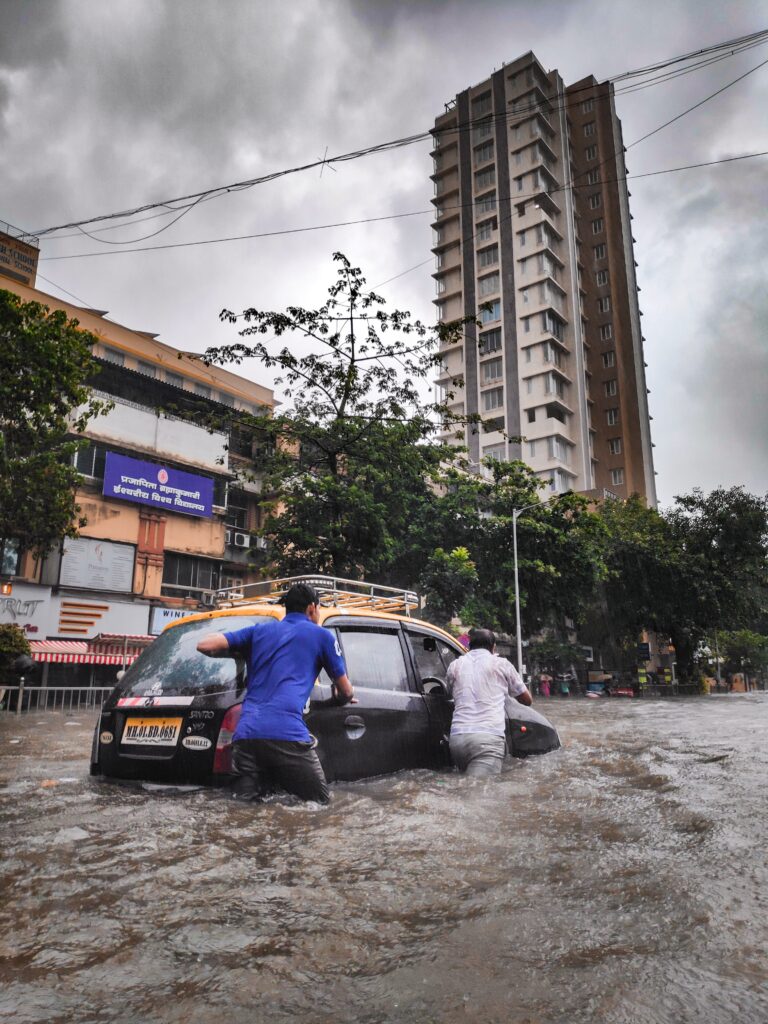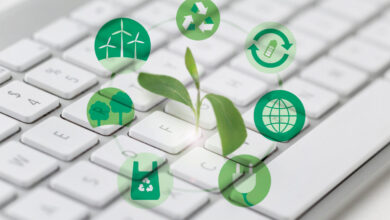What Everybody Ought To Know About Climate Change

The catastrophic impacts on the planet of climate change and six strategies to mitigate the impacts for a sustainable green earth.
What is Climate Change
The impact of climate change is felt worldwide, as polar ice caps melt and sea levels rise. Some regions experience extreme weather conditions with increased rainfall, while others face droughts and waves of intense heat. These effects are predicted to intensify in the upcoming decades.
Climate change has been observed on the earth since the mid-20th century. Several human activities, particularly fossil fuel burning increase heat-trapping greenhouse gas levels in the Earth’s atmosphere. It raises the average surface temperature of the earth. The enhancement of temperature on earth is called “Global Warming”. The Conference of the Parties (COP27) held in November 2022 gave a warning that our planet’s temperature levels should not cross 1.5 degrees Celsius. Otherwise, there shall be several adverse effects on the earth.
Impact on the Planet

- Warmer temperature increases the intensity and duration of heat waves.
- Rising sea level threatens coastal communities and ecosystems.
- Changing ecosystems influence the geographic ranges of many plant and animal species and the timing of their lifecycle events.
- Increases in the frequency and intensity of extreme weather events, such as heat waves, droughts, and floods.
- As the atmospheric concentration of Carbon dioxide rises, the ocean absorbs it more. Carbon dioxide reacts with seawater to produce carbonic acid. It increases acidity which can harm some marine life.
- Due to climate change, it is expected that approx. 2,50,000 additional deaths per year, from malnutrition, malaria, diarrhea, and heat stress will occur between 2030 and 2050.
2022 was a year of extreme weather events
From June to August 2022, in Pakistan, monsoon rainfall caused flash floods and landslides.
The Horn of Africa experienced the longest and most severe drought on record.
California saw its most extreme heat wave recorded in September.
Florida witnessed one of the deadliest hurricanes Ian in September 2022.
Portugal, France, Italy, and Romania were severely impacted by wildfires in August 2022 where 700,000 hectares burned in an uncontrollable blaze.
Strategies for addressing the crisis
Protect Coastal Wetlands
Coastal ecosystems such as salt marshes, mangroves, and seagrasses have distinct characteristics that make them valuable. They function as natural filtration systems for water and as homes for marine life. Additionally, they protect coastlines from the effects of rising sea levels while serving as buffers for floods and storm surges. These ecosystems also play a vital role in carbon storage, with mangrove forests alone holding a carbon equivalent to more than two years of global emissions.
Some countries, such as Fiji and Papua New Guinea, have implemented successful community-based conservation and education programs to manage these wetlands and promote the growth of nearby communities.
Promote the Benefits of Sustainable Agroforestry
Agroforestry presents an alternative approach that involves incorporating a variety of trees or shrubs with crops and livestock. By implementing this approach, farmers can achieve greater productivity while using less land. This can be accomplished by diversifying crops and incorporating livestock, which can provide additional sources of income. It also mitigates the risks to their livelihoods resulting from climate change and unpredictable weather patterns.
Decentralize Energy Distribution
Decentralized systems are typically fueled by renewable energy and have shorter transmission lines and smaller distribution areas. They are better equipped to withstand the effects of climate change. In the event of a disaster, a community that has its own decentralized energy supply is not impacted by power outages in other areas. This system reduces fossil fuel use and increases eco-efficiency.
Secure Indigenous Peoples’ Land Rights
Nearly half of the Earth’s land is managed by indigenous and local communities, and the livelihoods of up to 2.5 billion people are dependent on these lands. These communities have been practicing adaptation principles on their lands for generations, resulting in the development of a vast body of traditional knowledge.
Additionally, areas where indigenous people possess legal rights to their land experience deforestation rates that are at least two times lower compared to similar areas without secure tenure. By securing the rights of indigenous peoples, they can retain control of their land, safeguard natural resources, and better maintain their livelihoods in the face of climate change.
Improve Mass Transport
Global transportation-related emissions are mainly generated from road transport, accounting for 72% of total emissions. This percentage is expected to increase unless low-carbon transportation alternatives are developed and made more accessible. Moreover, transportation infrastructure is highly susceptible to climate change effects, such as storms and extreme heat.
Rewilding Endangered Species
Globally, wildlife populations have declined by almost 70% in the past half-century. Wild animals play a crucial role in controlling the planet’s carbon cycle across a variety of ecosystems through foraging, depositing nutrients and organic carbon, dispersing seeds, and other functions. Scientists found that restoring the populations of nine species of wildlife on land and in water (fish, whales, sharks, grey wolves, wildebeest, sea otters, musk oxen, African forest elephants, and American bison) could yield an extra 6.41 billion tons of carbon dioxide in carbon capture each year.
The Bottom Line
Global climate change is not a future problem. The world is facing record temperatures rise, devastating floods, and superstorms. Reducing greenhouse gas emissions is the most important step to lessen global heating. However, the plastic industry is responsible for at least 232 million tons of planet-warming emissions each year. Many brands are choosing plastic neutrality to mitigate emissions. Plastic neutrality means for every amount of plastic created, an equal amount of plastic waste is retrieved from or prevented from entering the ecosystem. The Disposal Company is helping brands to become plastic-neutral to reduce global warming.
Click here to learn more.




